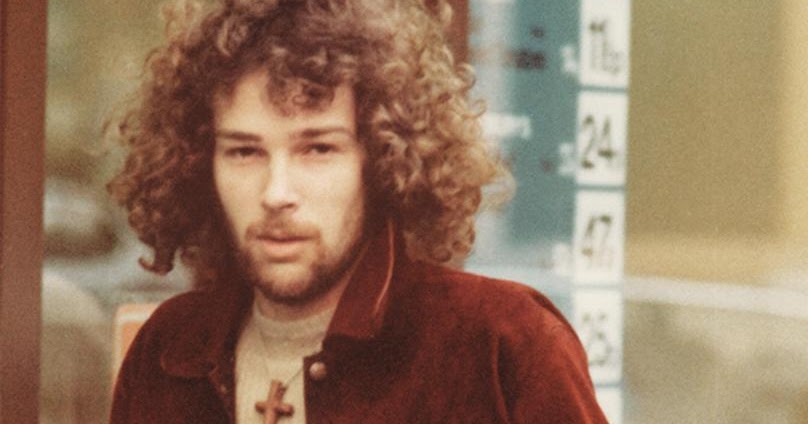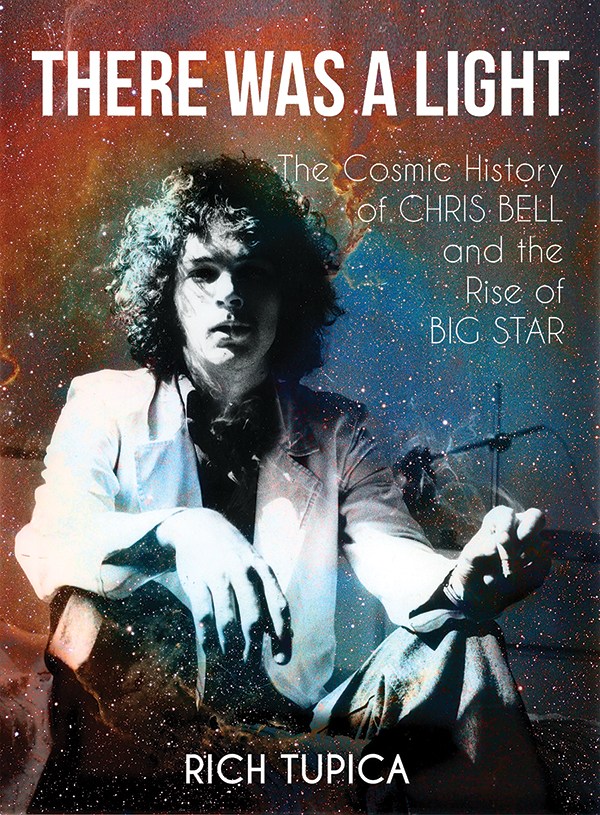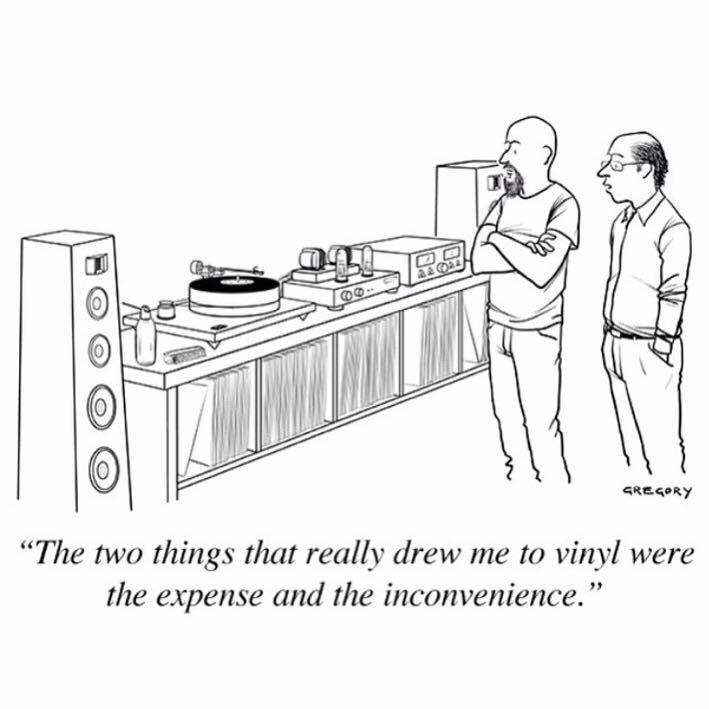
Today on the Please Kill Me blargh, Bruce Eaton, author of Big Star’s Radio City (33 1/3 series) chats up Rich Tupica, author of There Was A Light: The Cosmic History of Chris Bell and the Rise of BIG STAR, the recent Chris Bell biography.
Check it out here!
Just as an aside, when social media first made me aware of the Chris Bell book, I didn’t make any plans to read it. The whole thing seemed rather sketchy, a paperback written by an author I wasn’t familiar with, published by HoZac Records. I wasn’t a huge fan of that cover (it’s growing on me), and besides, it was $40.00! For a paperback! When it sold out, I figured that was that.
But since then, all I’ve seen are glowing reviews. So when I read the PKM piece this morning, I checked the HoZac site for a status update. Second printing is shipping now, and I’ve got a birthday coming up.

After FIVE solid years of painstaking research and hard work, Rich Tupica’s epic tome on the deep end of the BIG STAR story is ready. At 400+ pages, There Was A Light is stocked with a wealth of previously-unseen color photos, personal ephemera from the Bell family’s archive, as well as everything Ardent Studios could jam in, it’s nothing short of breathtaking stuff! Starting with intense coverage of Bell’s childhood bands and continuing deep into his post-Big Star solo work, this book delves into the details beyond the documentary, distilling countless hours of minutiae into a riveting oral history of one of rock’n’roll’s most beloved cult bands, and a trip through Memphis underground music history like no other.
Happy birthday to me
Happy birthday to me
I look like a monkey
And snobby rock books ain’t free


